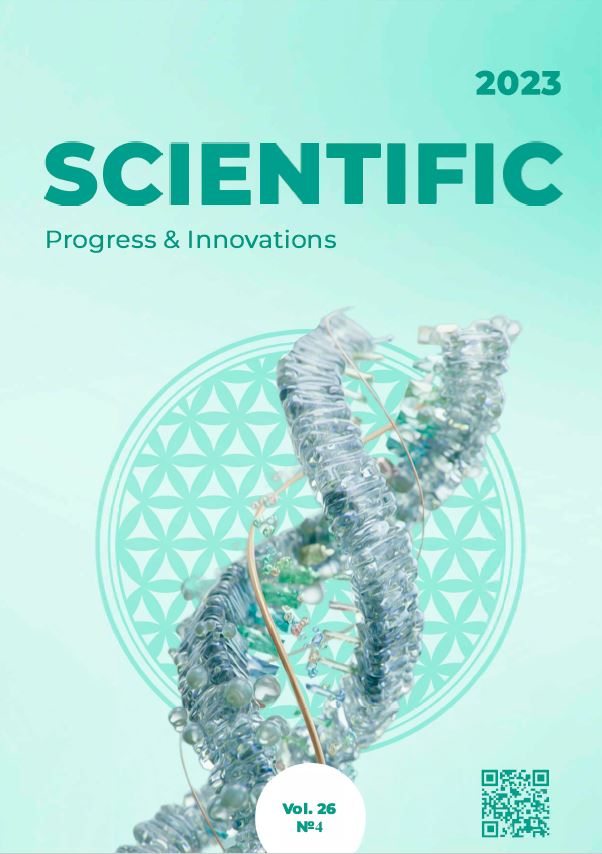State of connective tissue components in obese horses
DOI:
https://doi.org/10.31210/spi2023.26.04.22Keywords:
connective tissue, horses, obesity, biochemical characteristics, blood serumAbstract
The article presents the results of studying the impact of obesity on the state of connective tissue components in horses. The research was conducted on 20 horses of both genders, divided into a control group (healthy horses, n=10) and an experimental group (horses with obesity, n=10). The aim of the study was to determine the influence of obesity on the structural and biochemical characteristics of connective tissue components in horses under normal conditions and to assess their diagnostic criteria in obesity. In the study, biochemical methods of analysis were used to determine the concentration of glycosaminoglycans (GAGs) and their fractions, as well as chondroitin sulfates (CS) in blood serum. The obtained results underwent statistical analysis to determine the statistical significance of the obtained values. The tables included indicators such as median, quartiles Q1 and Q3, and the significant difference between groups was established based on the Mann-Whitney criterion (p≤0.05). Correlation relationships were determined using the Pearson method. The study highlights the results of investigating the state of connective tissue components in horses with obesity, with special attention given to the analysis of glycosaminoglycans and chondroitin sulfates in blood serum. Understanding the changes in these components in blood serum is crucial for the development of personalized treatment strategies and the management of the health of obese horses, thereby contributing to the preservation of optimal functionality and strength of their musculoskeletal system. Significant and credible changes in the concentration of chondroitin sulfates, glycoproteins, and their fractions were identified in healthy horses and horses with obesity. This indicates potential issues with the strength and elasticity of the bone and joint connective tissue, particularly the musculoskeletal system in horses with obesity. The study's conclusions indicate that obesity has a negative impact on the state of connective tissue components in horses, which may lead to reduced mobility and performance of animals and increase the overall risk of injuries.

 Creative Commons Attribution 4.0 International Licens
Creative Commons Attribution 4.0 International Licens